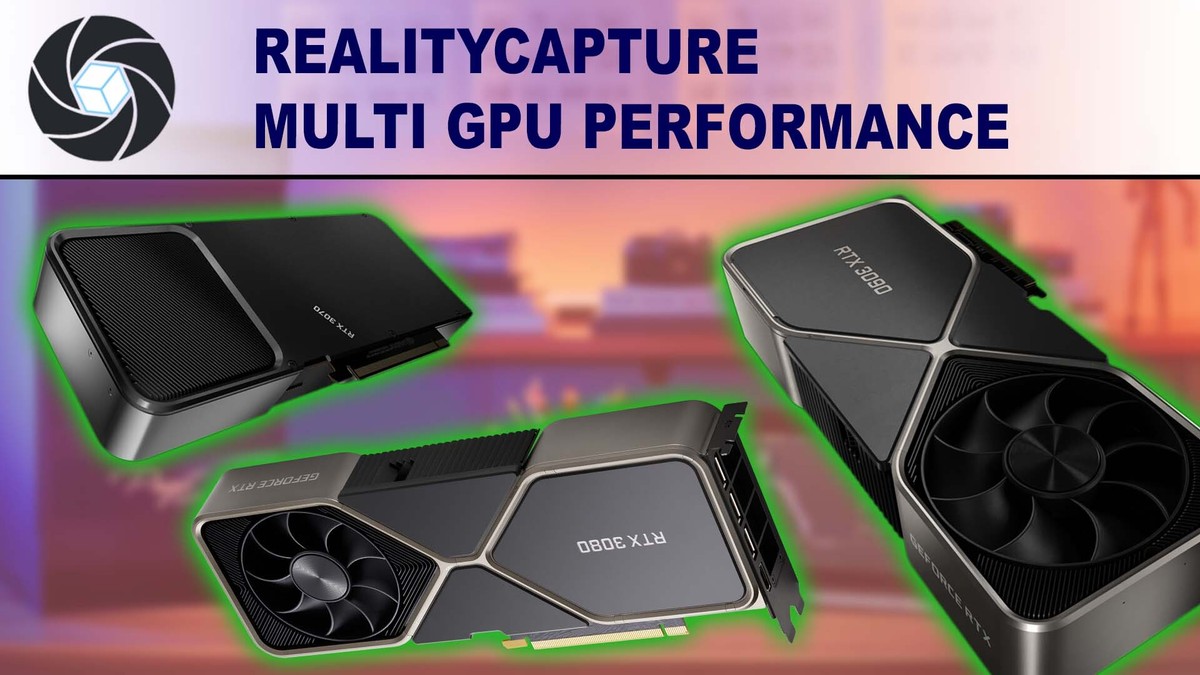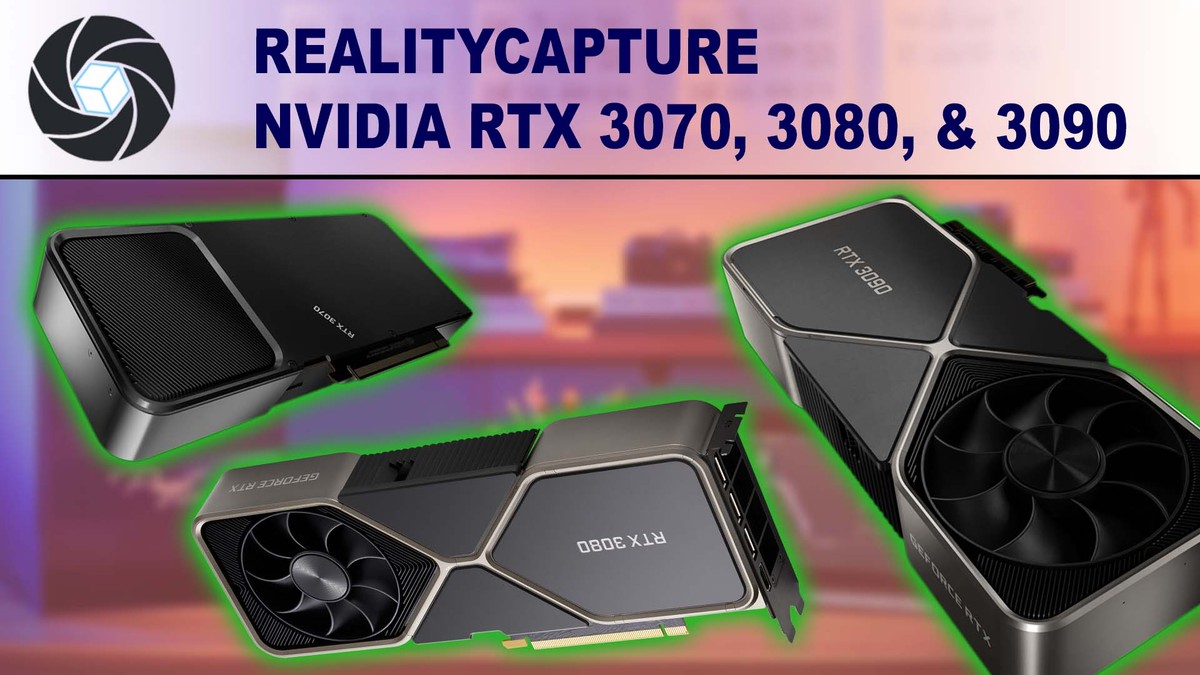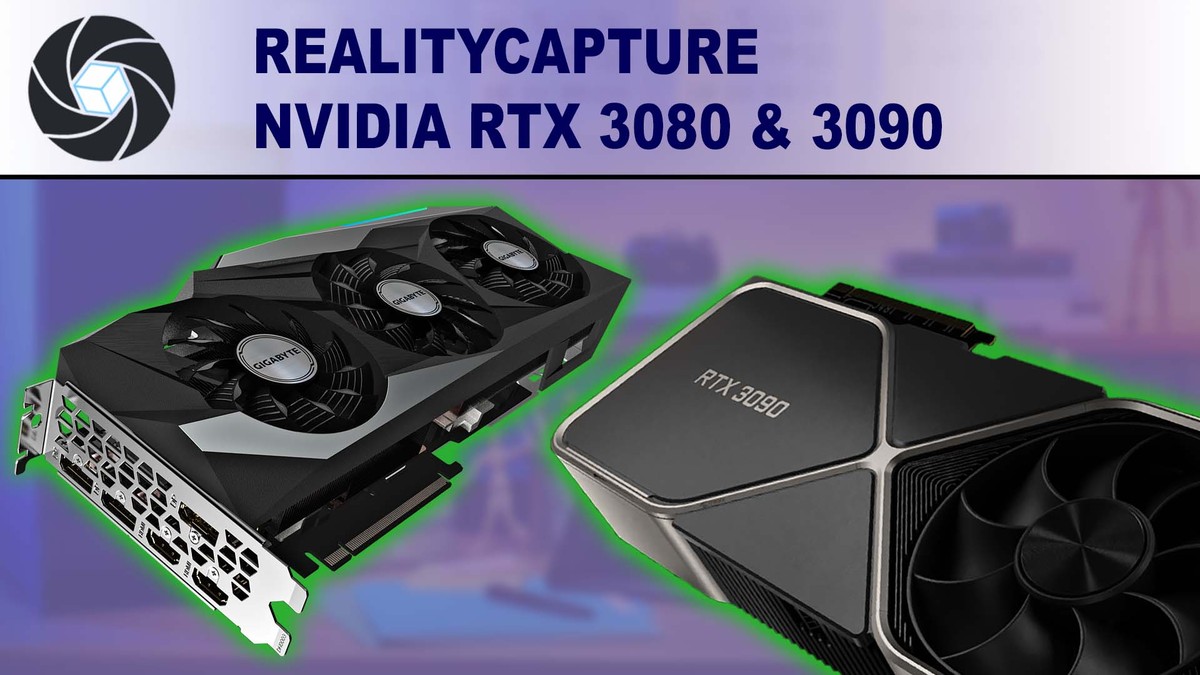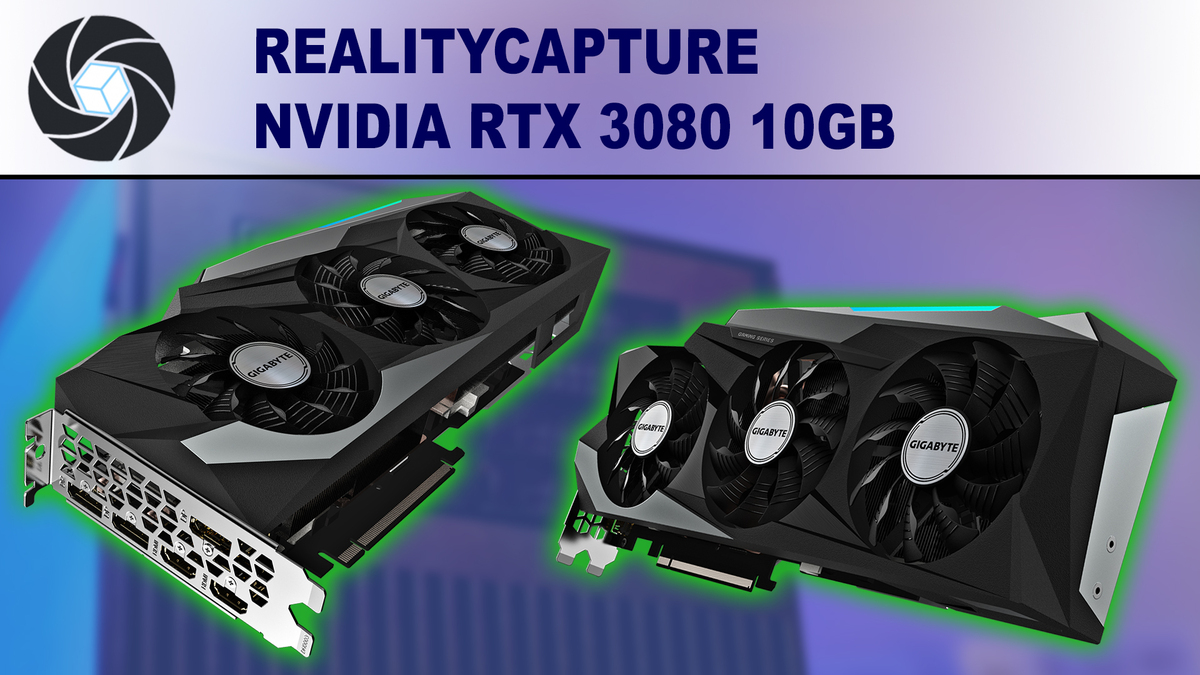In past testing, we found that RealityCapture benefited somewhat from adding a second video card. Is that still the case with the latest NVIDIA GeForce RTX 30 Series cards, and the recent update to RealityCapture 1.1 Blaze?


In past testing, we found that RealityCapture benefited somewhat from adding a second video card. Is that still the case with the latest NVIDIA GeForce RTX 30 Series cards, and the recent update to RealityCapture 1.1 Blaze?

NVIDIA’s first GeForce RTX 30 Series cards launched in September, and now the RTX 3070 has joined its bigger siblings. How does it stack up to the RTX 3080 and 3090? And how do they all compare against the previous generation of cards? Here we look at how they all perform in RealityCapture.

NVIDIA’s GeForce RTX 30 Series cards are here, with NVIDIA boasting significant performance gains over the previous generation. The RTX 3080 launched last week, and now with the RTX 3090 released today we can compare these models to each other as well as the older 20 Series find out how large those gains are in photogrammetry applications like RealityCapture.

The RTX 3000 series cards are here, with NVIDIA boasting significant performance gains over the previous generation. With the RTX 3080 now launched, we can find out how large those gains are in photogrammetry applications like RealityCapture.

RealityCapture, like other photogrammetry applications, is built to take a batch of photographs and turn them into digital, 3D models. The many steps involved in that process can take a lot of time, and utilize both the CPU and GPU at different points. We recently put together a benchmark tool for RealityCapture, and after looking at processor performance last week we are now diving into a comparison of the current NVIDIA GeForce and Titan video cards.